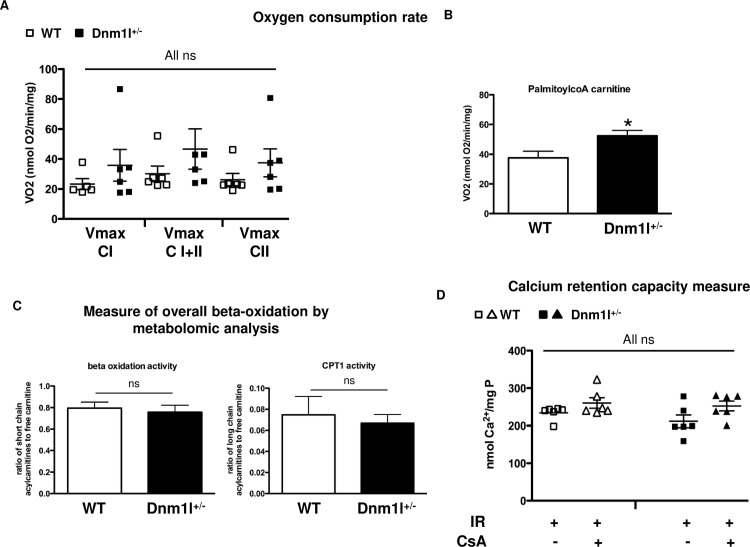Fig 6. Cardiac energy metabolism and mPTP function.
(A) Oxygen consumption rate of permeabilized left ventricular fibers in the presence of 1mM ADP (Vmax) with 5 mMmalate and 2.5mM pyruvate (complex I, CI), 10mM succinate (both CI and complex II CI + II), and after complex I inhibition with 2.5μM rotenone (CII). Values are expressed as mean ± SEM, (n = 5–6 per group). B) Oxygen consumption rate with 1mM ADP and 2.5mM malate and 40μM palmitoylCoA/1mM carnitine. Values are expressed as mean ± SEM, n = 7–8 per group; * p<0.05. (C) Metabolomic analysis of the cardiac tissue in 3-month-old Dnm1l+/- and control WT mice. n = 10 per group. Left: ratio of short chain acylcarnitines to free carnitine (C2+C3/C0) represents a measure of overall beta-oxidation activity. Right: ratio of long chain acylcarnitines to free carnitine (C16+C18/C0) represents the activity of carnitine palmitoyltransferase 1 (CPT1). (D) CRC was measured in mitochondria isolated from the areas at risk after a 45-min ischemia followed by a 15-min reperfusion. CRC measurement represented the Ca2+ level required for mitochondrial permeability transition pore (mPTP) opening. Extra-mitochondrial Ca2+ was detected using Calcium GreenTM-5N (Life Technologies). Results were expressed as mean ± SEM nmol Ca2+ mg protein -1. (n = 6 per group). Mitochondria were isolated from 3-month-old Dnm1l+/- and WT mice.

